Blog page
Recent Post

Magnets in Restaurant Kitchens
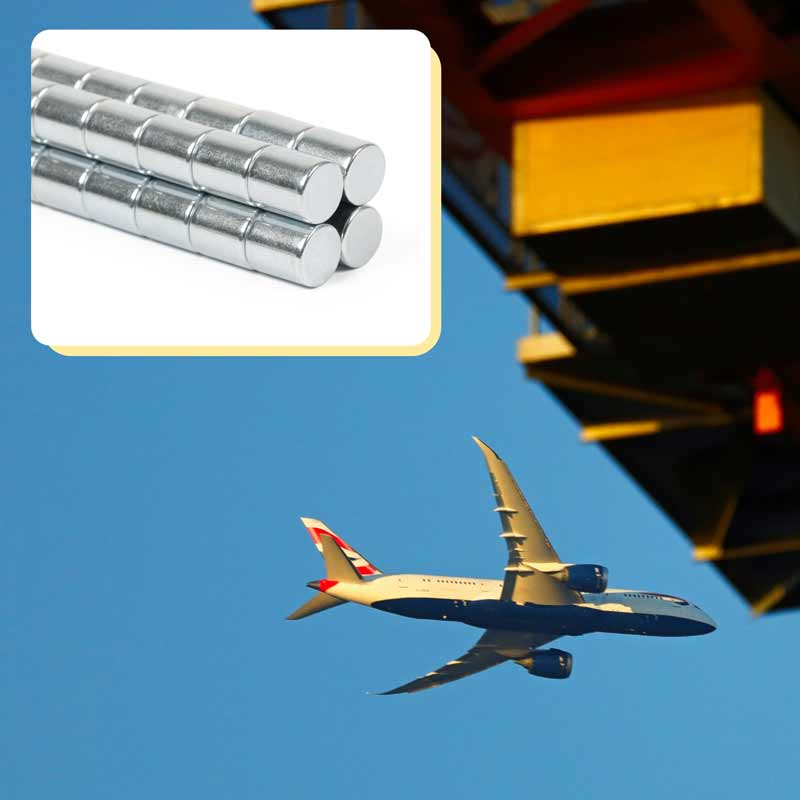
Global supply challenges and HYAB’s role
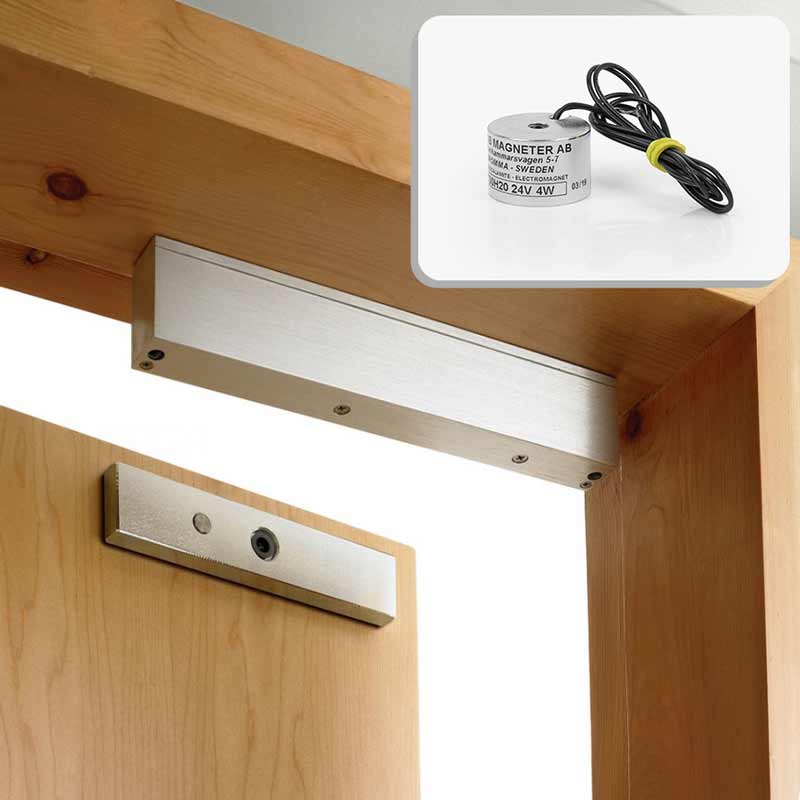
Electromagnets – a more controllable magnet
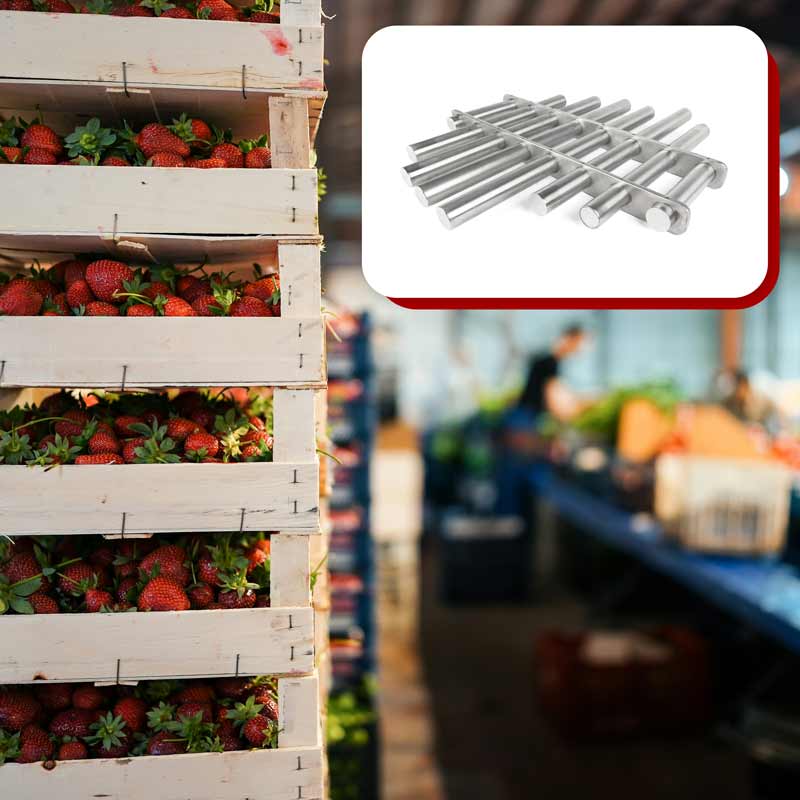
Magnetic filtration in the process industry
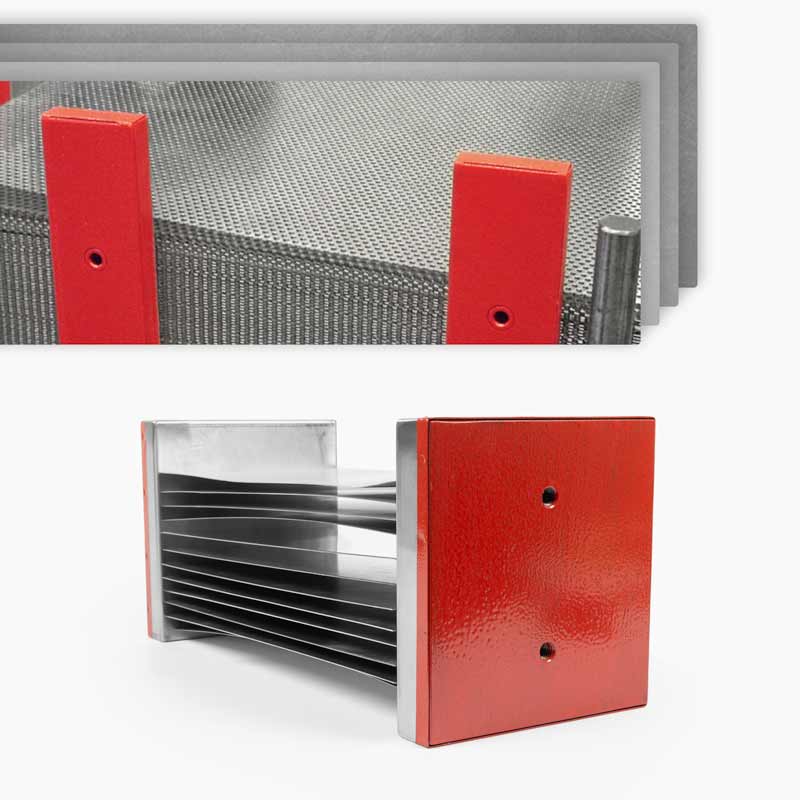
Sheet metal handling – Easier with magnets
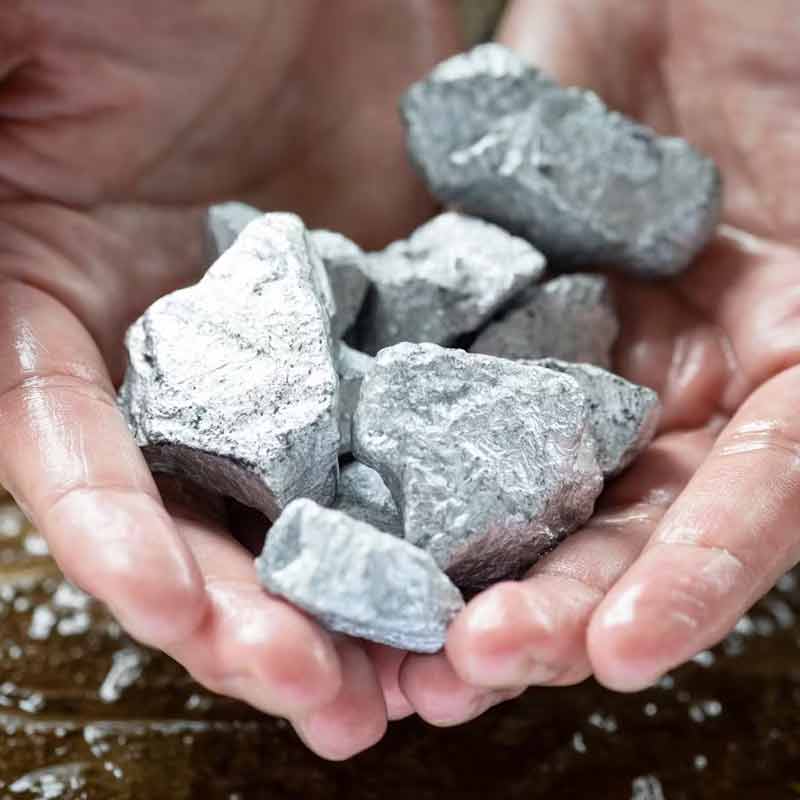
Published: 2024-04-24
![]() Daniel Gårdefelt
Daniel Gårdefelt
How changes in the global supply chain affect the price and production of magnets
Magnets are important parts of many businesses, such as electronics, cars, and renewable energy. The global supply chain has a big impact on how ...
Show more >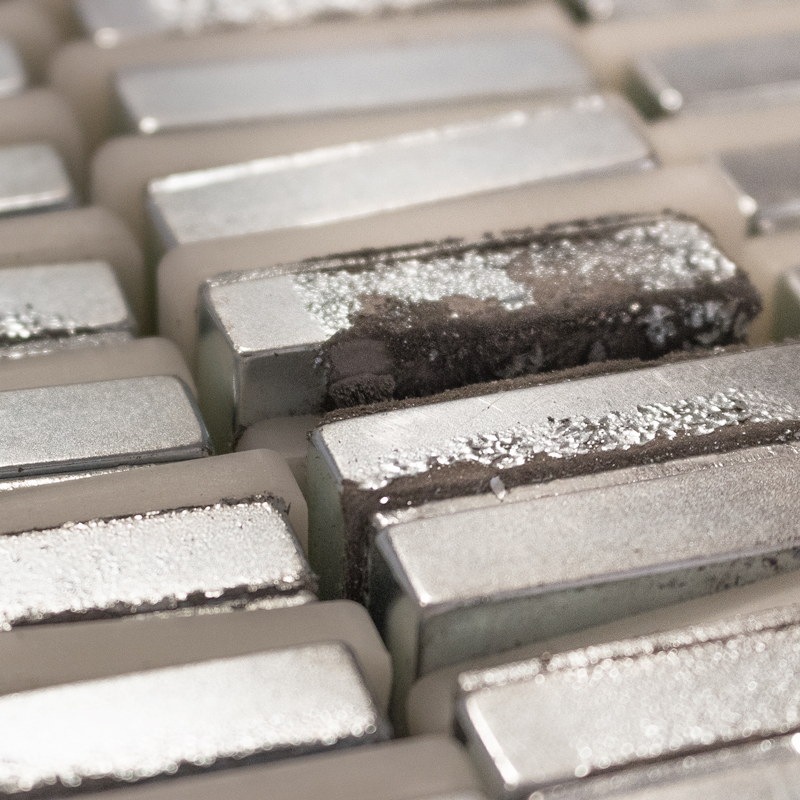
Published: 2023-02-27
![]() Daniel Gårdefelt
Daniel Gårdefelt
Factors Affecting Performance and Lifetime of Magnets
Electric motors, medical equipment and many other industries depend on magnets. The cost-effectiveness of the product in which a magnet is used i...
Show more >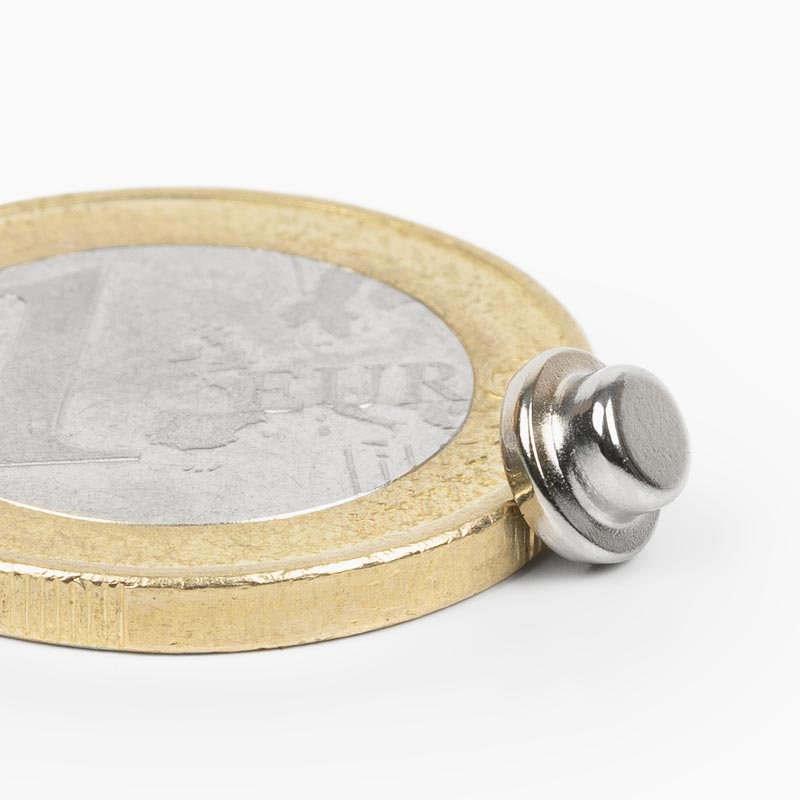
Published: 2023-02-21
![]() Daniel Gårdefelt
Daniel Gårdefelt
Neodymium magnet - what is it and how is it made
Neodymium magnets, commonly known as NdFeB magnets, are a kind of rare-earth magnet that is well-known for its strength and adaptability. These m...
Show more >
Published: 2023-02-21
![]() Daniel Gårdefelt
Daniel Gårdefelt
Neodymiun coatings
When producing a neodymium magnet, it requires some sort of protection, a coating. Click here for a more detailed page of all the coatings and t...
Show more >
